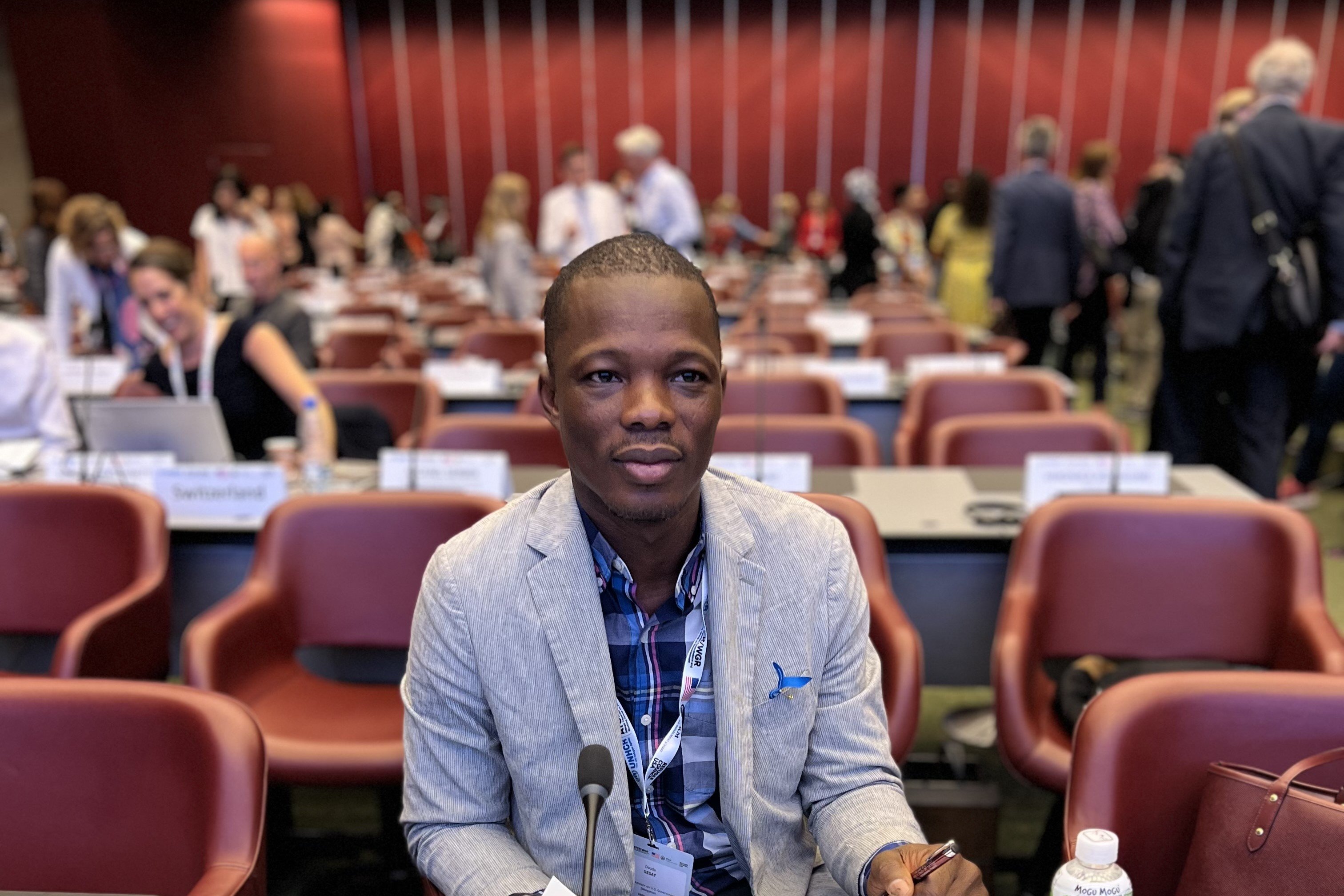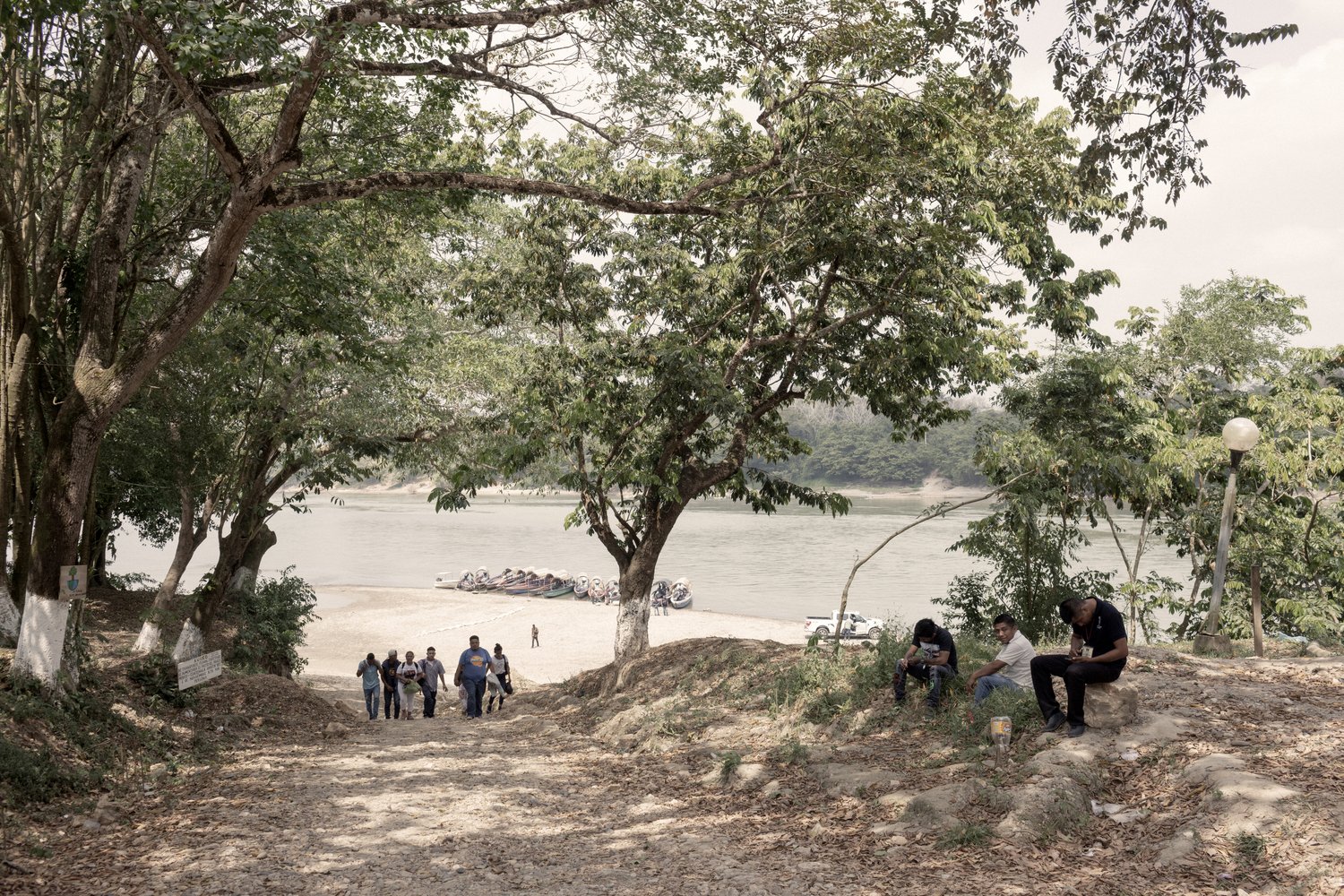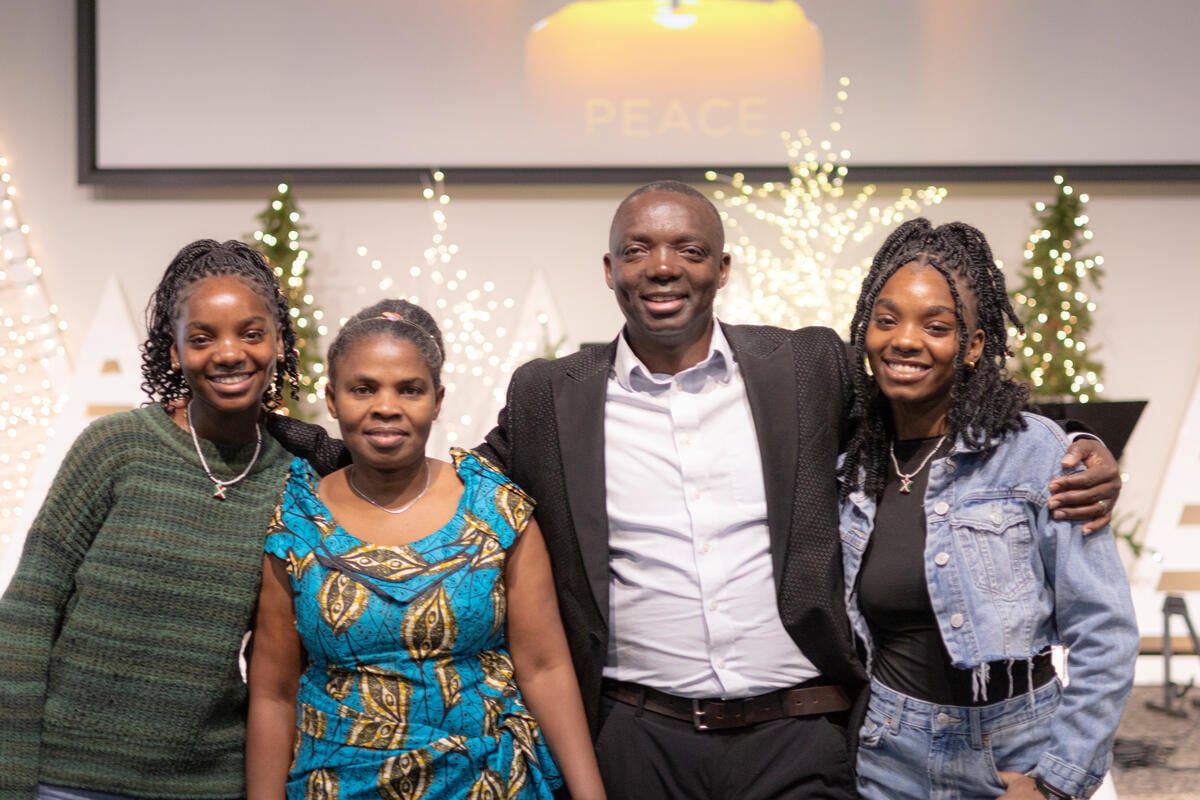US initiative offers asylum-seekers an alternative to detention
US initiative offers asylum-seekers an alternative to detention

BALTIMORE, United States, November 24 (UNHCR) The UN refugee agency's top protection official has described the United States' focus on providing immigrants and asylum-seekers with an alternative to detention while their cases are being processed as a "positive development."
Assistant High Commissioner for Protection Erika Feller was briefed Monday by Immigration and Customs Enforcement (ICE) officials in Baltimore, Maryland on the latest stage in the department's Intensive Supervision Appearance Programme, known by its acronym ISAP II.
The programme allows for a small percentage of the hundreds of thousands of individuals arrested and detained by immigration officers every year to avoid incarceration by agreeing to regular monitoring.
"It's welcome whenever programmes that offer an alternative to detention are part of the response of states to asylum arrivals," said Feller. "But we're still early in the process of determining what programme offers the best alternative."
“The objectives of many alternatives to detention systems are enforcement objectives. UNHCR believes that humanitarian considerations should take on a higher profile.Erika Feller”
“The objectives of many alternatives to detention systems are enforcement objectives. UNHCR believes that humanitarian considerations should take on a higher profile.Erika Feller”
Many asylum-seekers in the United States are held in detention centres, alongside those facing immigration and criminal charges, while their cases are processed. The most recent figures from the Department of Homeland Security indicate that in fiscal year 2007 approximately 10,000 of the more than 300,000 individuals detained were asylum-seekers.
The ISAP II programme is designed to allow individuals who present a low flight risk to continue to live at home, while adhering to a supervision programme that involves regular meetings with staff assigned to their case.
In UNHCR's view, ISAP II is an improvement over the prior two ICE alternatives to detention programmes, both of which included much more restrictive supervision requirements and greater use of ankle bracelets outfitted with a global positioning device.
Jorge* has been a participant in one of the prior ICE supervision programmes for the past 18 months, and continues to wear an ankle bracelet. An asylum-seeker from El Salvador who fears he would be killed by a street gang if he returns home, he is expecting a final decision on his asylum application by April 2010.
He says that because of the ankle bracelet, people view him as a criminal. "I feel like nobody would pay one dollar for me," he told UNHCR staff at a meeting in Baltimore.
"Detention is detention" said Feller, "we can't get away from that fact". Alternative forms of supervision put in place as a means to manage irregular asylum arrivals, are preferable in UNHCR's view than closed detention centers. Even better would be forms of supervision that keep to a minimum the more intrusive monitoring devices which Feller noted can be psychologically disturbing, particularly for people who have already undergone traumatic experiences.
In her meetings with ICE officials, Feller was appraised of ICE plans to further develop its alternatives to detention programmes, some of which may involve greater emphasis on community involvement and assistance in accessing legal and social services.
"People who have fled refugee situations are very fragile," said Feller. "The objectives of many alternatives to detention systems are enforcement objectives. UNHCR believes that humanitarian considerations should take on a higher profile."
UNHCR intends to continue to focus on the issue and will be launching a global initiative on alternatives to detention in 2010.
* Name changed to protect identity
By Tim Irwin in Baltimore, United States






